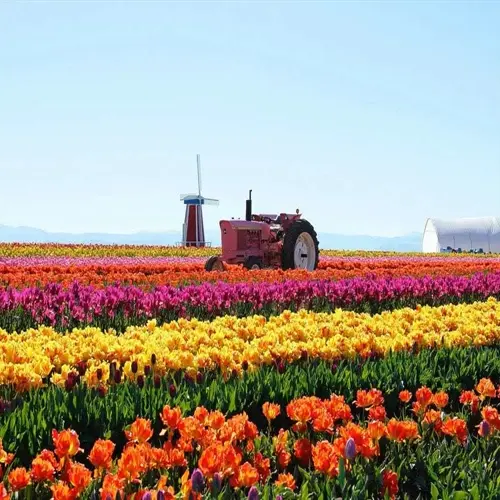How do I choose between LED and fluorescent lights?

Written by
Kiana Okafor
Reviewed by
Prof. Charles Hartman, Ph.D.When comparing LED vs. fluorescent lights for your indoor plants, consider several key factors. Each type of light has unique benefits depending on your ultimate gardening goals. As I faced that decision when setting up my herb garden, I considered several factors associated with buying the lamp, including initial costs, efficiency of use, and the plant's needs. Familiarity with these dissimilarities results in wasting your resources.
Energy Efficiency
- LEDs convert 50-60% more energy to usable light
- Fluorescents lose significant energy as heat
- My electricity bill dropped 40% after switching
- Long-term savings outweigh initial LED cost
Heat Management
- LEDs maintain safe leaf temperatures below 85°F
- Fluorescents raise ambient temperatures 5-10°F
- Summer cooling costs increase with fluorescents
- I avoid fluorescents for heat-sensitive orchids
Plant-Specific Performance
- Flowering plants thrive under full-spectrum LEDs
- Fluorescents work for low-light foliage temporarily
- Seedlings develop stronger under LED spectrums
- My flowering plants failed under fluorescents
When selecting forms of lighting, consider the individual needs of your plants. Flowering plants require full-spectrum control, which only GaAs LEDs provide. Foliage plants in low-light tolerate fluorescents for a short time. Succulent plants require the full intensity of LEDs used. My herb garden has been entirely converted to LEDs since the results of comparative tests were announced. Match the technology with your main plant varieties.
Budget limitations affect the early decisions made. The entry costs for small systems with fluorescents are lower. LEDs offer an increasing economic advantage due to lower energy consumption and longer lifespan. Investigate payback periods with energy rates. My LED costs were recovered in 16 months. Both the immediate and eventual economic effects must be considered.
Installations vary in flexibility between technologies. LEDs permit vertical stacking with little need for heat dissipation. Fluorescents require more space for heat dissipation, whereas my efficient, small apartment benefits from the space-saving economy of LEDs. Evaluate your space availability before making any purchase.
If you're unsure which to use, start with a hybrid. Use LEDs for the high-value flowering plants. Use fluorescents for low-light areas until upgrading is possible. Do upgrade gradually, as finances allow. It took me eighteen months to complete the transition, but all my plants improved. The proper mixing of these lights makes for productive and thriving indoor gardens.
Read the full article: Indoor Plant Lighting: A Complete Guide

